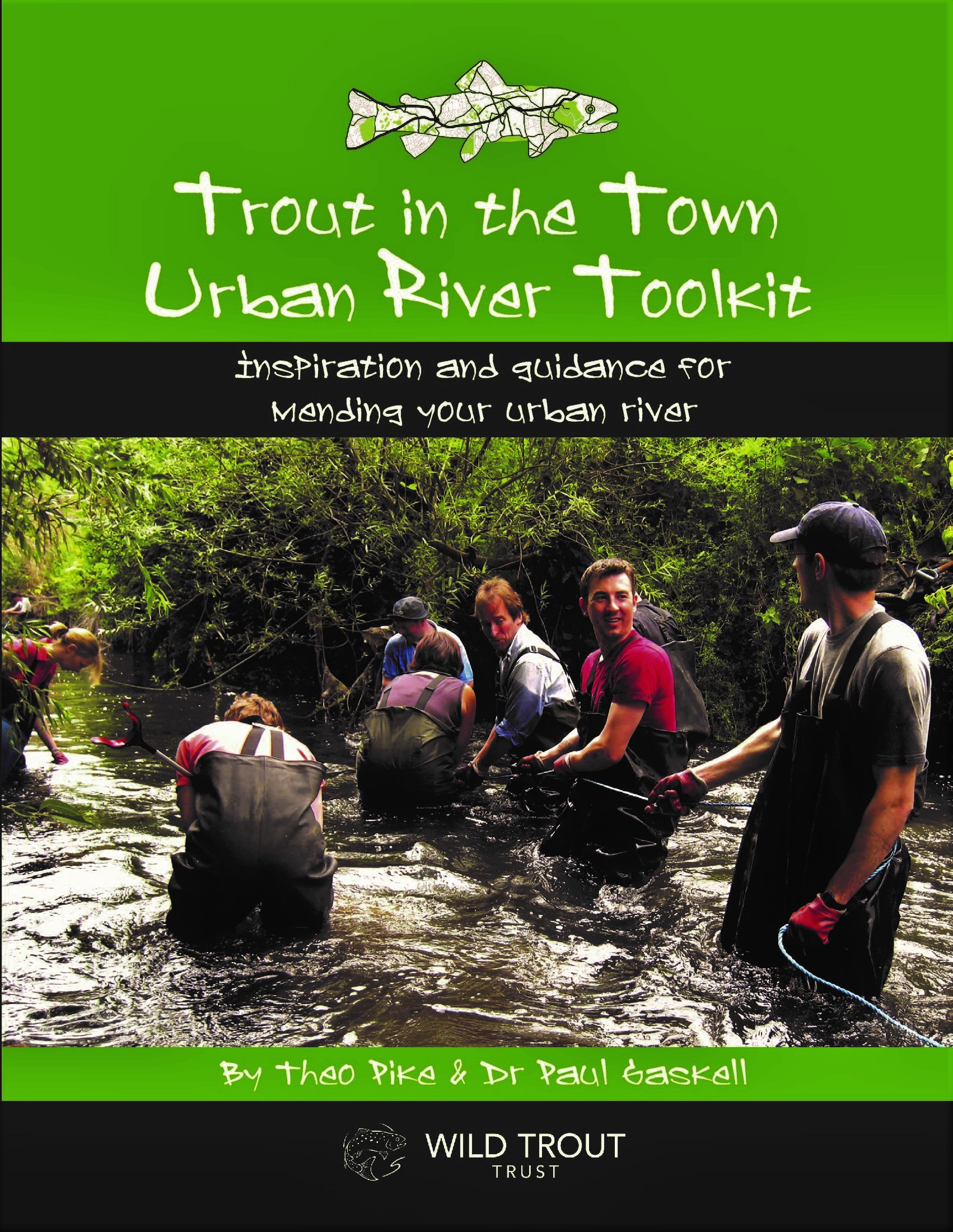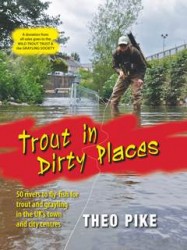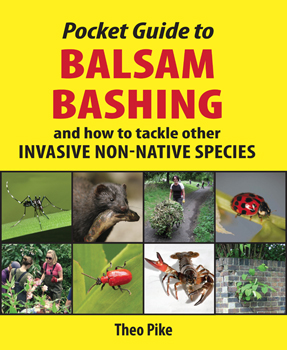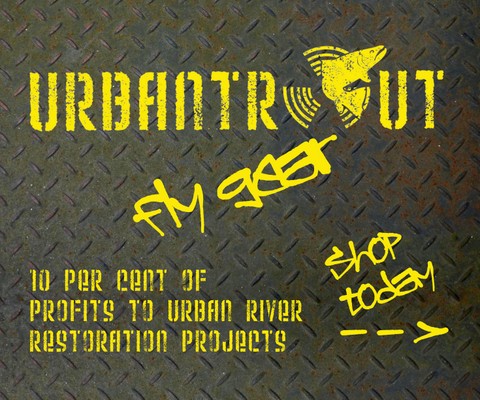This is an issue that’s kept UK-based river restorationists awake at night for years – but never with quite enough evidence to convince regulatory colleagues that toxic bioaccumulation of arsenic, mercury, PCBs, endocrine-disrupting flame retardants and other contaminants probably works the same at the apex of our inland waterways’ food webs as it does in the deep oceans.
Now, via Moldy Chum and EcoWatch comes this piece of research from Columbia Riverkeeper, which almost certainly contains the germ of truth we’ve all been waiting for.
For instance, resident fish from the Columbia Slough have now been shown to contain carcinogenic PCBs at levels 27,000 per cent above the US Environmental Protection Agency’s recommended limits for unrestricted human consumption. And while traditional urban angler Daniel Pop tells the interviewer he’s been eating these carp, bass and suckers for years, and demonstrably hasn’t dropped dead yet … does he really look fit and healthy to you?
In an ideal world, drivers like the European Water Framework Directive will help us rapidly restore all our industrial and post-industrial polluted and over-abstracted rivers to such pristine condition that they can accommodate unlimited exploitation for food (up to and including protests by trainees and interns bored of having to survive on a diet of fresh-run wild salmon because it’s cheaper than anything else!)
But until we reach that utopian state of perfectly-rebalanced ecosystem services, evidence like this suggests that we may need to strongly discourage consumption of fish from fragile, regenerating urban fisheries on public health grounds alone…



